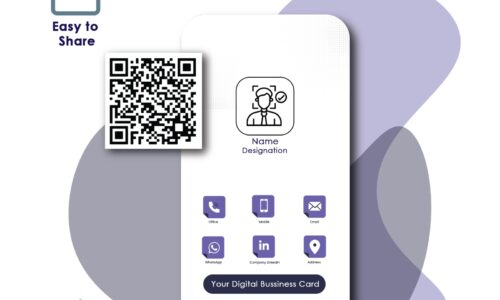From Hues to Happiness: How Colors Shape Emotions in Branding!
Imagine a red can of cola; blue striped capital letters, a black apple, and yellow arches –what brands come to mind? In each instance, color is the predominant element of identification and association with a brand. Color plays a vital role in brand recognition and emotional association. By grasping the science of color psychology, businesses can form strong connections with their audience.
Sorted 360 and Reliance Mall
Creative and social media agency Sorted 360 has bagged the mandate of providing transformative brand solutions for Reliance Malls nationwide. The mandate of the agency will be to look after online and offline campaigns of Reliance Malls.
Understanding the 60-30-10 Color Rule
Before dwelling into a captivating topic on how colors can evoke specific emotions in successful branding, let’s unveil the secret code behind it – the 60-30-10 color rule. Imagine you’re an artist about to paint a masterpiece. The rule suggests allocating 60% of your canvas to a dominant color, 30% to a secondary color, and the remaining 10% to an accent color. By employing this rule, brands create a harmonious visual experience that captivates and engages their audience.
The Language of Colors! Here are some ways color psychology influences brand perception.
Building Trust
Brands in the financial or healthcare sectors often opt for blue to instill a sense of trust and reliability, as it is associated with dependability and security.
Stimulating Appetite
Restaurants and food brands often use red, orange, or yellow tones to stimulate appetite and create a sense of excitement around their products.
Promoting Relaxation
Brands in the wellness or beauty industry may incorporate green or pastel shades to create a calming and refreshing atmosphere.
Conveying Creativity
Brands associated with innovation and imagination often leverage vibrant and unconventional colors like purple or magenta to stand out and portray their unique identity.
Color Your Brand: Tips and Tricks
Understand your target audience
Colors can have different meanings across cultures and demographics. Tailor your palette to resonate with your specific audience.
Consistency
Establishing a consistent color scheme across various brand touchpoints, such as logos, websites, packaging, and advertisements, helps create a cohesive and memorable brand identity.
Experiment and evolve
Don’t be afraid to experiment and adapt as your brand grows. Sometimes, a fresh splash of color can breathe new life into your image.
So, next time you come across your favorite brand, take a moment to appreciate the colors they’ve chosen and the emotions they evoke within you.
Related Posts

- admin
- April 15, 2023
Digital Business Card: New Age Networking Solution
Digital Business Card: New Age Networking Solution New technologies and platforms have affected ..

- admin
- March 10, 2023
What is Social Media Optimization?
What is Social Media Optimization? Social Media Optimization or most commonly known as SMO in t ..



